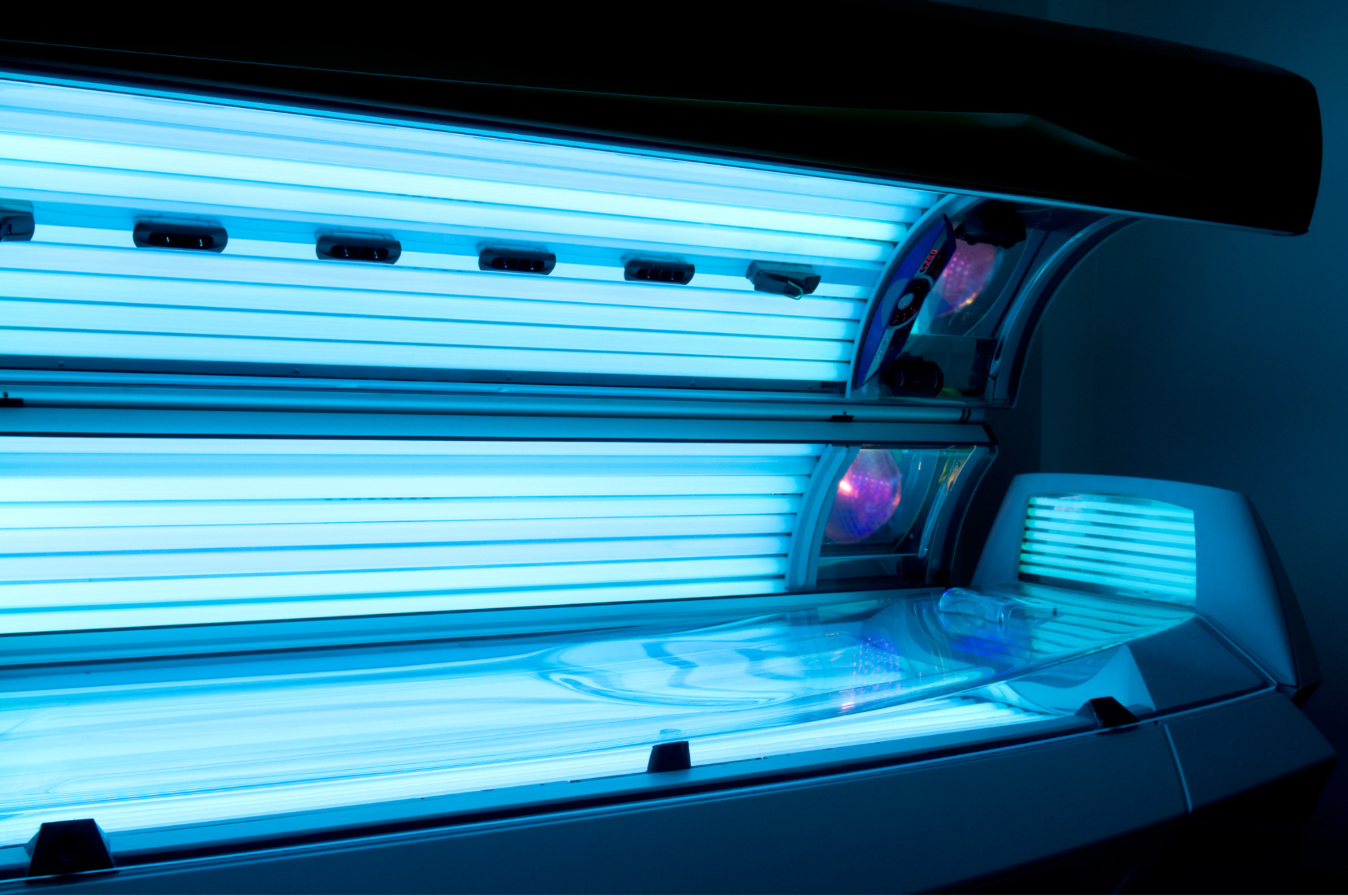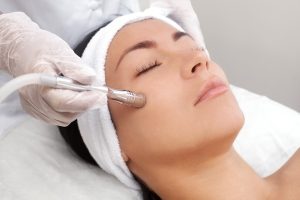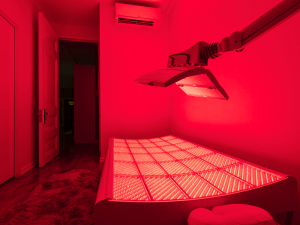When the warm season ends, we are down in the dumps. To fit into the surrounding environment, it is painted in grey tones. Nonetheless, seasonal or chronic depression may be one of the causes of a bad mood.
According to a World Health Organization study, 280 million people, or 3.8% of the global population, experienced depression in 2021. Moreover, statistics [2] show that 2-6% of people who are treated for depression commit suicide [1].
We are not trying to scare you. We highlight these indications to emphasize that depression is more than just a bad mood. It is a disease that requires treatment.
Tanning is frequently mentioned as a means of treating depression. This could appear to be pure nonsense at first. Therefore, we decided to research this topic to determine whether tanning helps with depression and anxiety, learn some fascinating facts about tanning, discover how frequently sunbathing is worthwhile, and determine whether it is addictive.
Is Tanning Good for Depression and Mental Health?
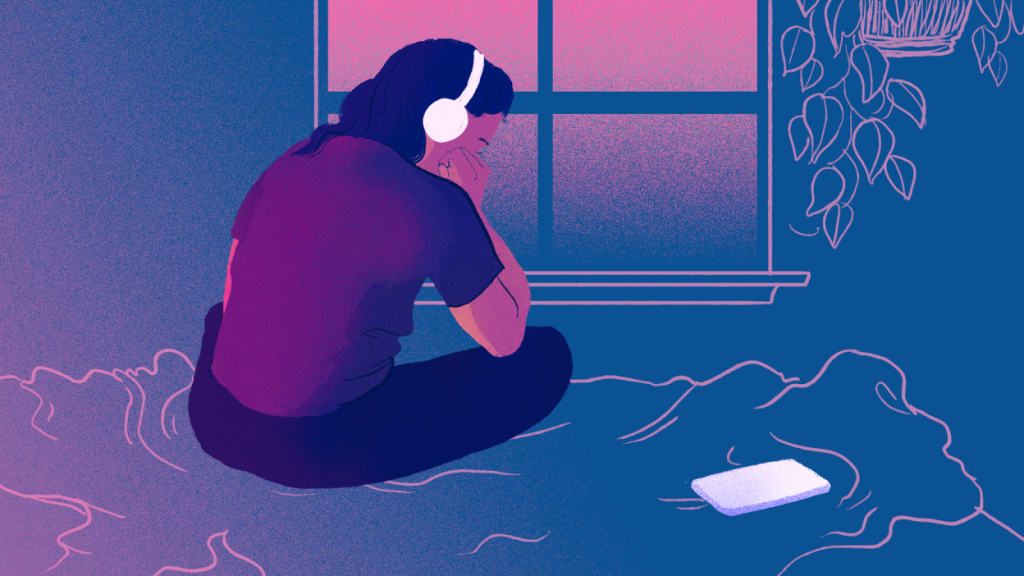
For the average person, it can be challenging to notice the relation between tanning and depression. To draw objective conclusions, you need to familiarize yourself with the studies. Therefore, we reviewed the scientific literature and found out whether tanning helps with depression.
In one clinical study, 139 girls from 18 to 25 years old took part to investigate mood changes after indoor tanning. After one session in the solarium, they filled out a survey in which they said their mood had changed [3].
Below you can see the list, which indicates what emotions are and how many times fewer people began to experience them:
- Upset – decreased by 3.38 times;
- Fright – decreased by 3.28 times;
- Irritability – decreased by 3.38 times;
- Nervousness – decreased by 5.68 times;
- Interest – decreased by 4.91 times.
Of the listed above emotions, 80% may be symptoms of depression. Therefore, it is safe to say that tanning helps to treat the disease’s symptoms. However, tanning does not allow you to get rid of depression at all. In this case, you’d better contact a specialist.
You may also notice a loss of interest after tanning. However, do not worry because this is a temporary phenomenon. It is caused by relaxation and satisfaction from the procedure.
Can Tanning Help with Seasonal Depression?

Seasonal depression (or SAD) is a type of depression that is cyclical. It occurs in fall and winter, but it can also start in late summer.
Research shows that the causes of SAD are low serotonin and high melatonin. The first is a neurotransmitter that regulates sleep cycles and balances mood. The second is a hormone that is produced by the pineal gland, which reacts to darkness. Therefore, in fall and winter, the level of melatonin increases, due to which drowsiness increases [9].
You can increase serotonin levels with sunlight. Under its influence, vitamin D is released, which regulates the production of this . Also, sunlight helps to reduce melatonin because its release is less during daylight hours [9].
It turns out that the main reason for the appearance of SAD is the lack of sunlight. Indoor tanning cannot replace natural light sources because it produces UVA rays. They affect only the inner layers of the skin and are responsible for tanning. Under their influence, the production of vitamin D is impossible. It is carried out on the upper layers of the skin thanks to the UVB rays of sunlight.
Does Tanning Help with Anxiety?

Anxiety is a serious problem, like depression. It can cause panic attacks with extreme fear and a sense of impending death. This disease has the following symptoms:
- Excessive anxiety and tension in connection with current affairs or for no particular reason;
- Unreasonable fear for your life and the lives of loved ones;
- Stress, inability to relax;
- Decreased performance, difficulty concentrating;
- Irritability.
One option to improve anxiety can be tanning. When absorbing ultraviolet light, our body synthesizes vitamin D3. Studies show that it is responsible for treating anxiety. For example, one study included a group of people who were deficient in vitamin D for 6 months. In the end, vitamin D supplementation has shown a significant decrease in anxiety levels [4].
As we said earlier, the synthesis of vitamin D is possible only due to ultraviolet rays. There are two types of ultraviolet waves: UVA and UVB.
| UVA rays | UVB rays |
| This light reaches the lower layers of the and causes the skin to produce the brown pigment melanin. Accordingly, due to UVA rays, you sunbathe. | This light affects only the upper layer of the epidermis. It increases vitamin D. |
Most indoor tanning UV lamps produce only UVA rays. Therefore, anxiety reduction with indoor tanning is less effective than with outdoor. As for natural tanning, the sun produces both UVA and UVB rays. 30–40 minutes is enough time in the sun to receive a daily dose of vitamin D.
3 Facts About Tanning for Depression
Tanning can also be good for your body for other reasons. It stimulates it to produce hormones that not only boost your mood but also help you with depression.
The list of such hormones includes the following:
- Serotonin;
- Dopamine;
- Endorphin.
Let’s take a closer look at the effect of tanning on their production.
Improves Mood

UV rays stimulate serotonin production in the intestines and brain. It is a neurotransmitter, but many consider it a hormone. Serotonin makes sure that nerve cells can send and receive messages, which is what neurotransmitters do.
However, it also has hormone-like properties because it provides the excitation of organs. Serotonin provides muscle contraction, regulates sleep cycles, and promotes positive emotions.
One study shows that one of the causes of seasonal depression is a lack of sunlight. The subjects were exposed to ultraviolet rays. After a while, their mood improved significantly. Also, this study found that serotonin can be produced directly in the skin [5].
Gives a Sense of Satisfaction

Dopamine is also a hormone and neurotransmitter like serotonin. Its tasks are to control the following functions of the body and brain:
- Motivation;
- Memory;
- Attention;
- Movement.
Perhaps the most necessary job of dopamine is to reward a person. So, when you do something good that helps you or someone else, your brain releases dopamine, which gives you good feelings and a sense of satisfaction.
Dopamine is released in the human brain upon the absorption of ultraviolet rays. There is a study that directly confirms this fact. Within 5 minutes of indoor tanning, the subjects experienced significant dopamine release. Further, within 10–25 minutes, its release decreased [6].
Reduces Pain

Endorphins is another possible way to fight depression like serotonin and dopamine. It is a group of chemical compounds that improve mood, dull pain, reduce stress, anxiety, and worries, regulate blood pressure, and enhance brain activity. They, like dopamine and serotonin, are produced in the human brain.
Endorphins stop pain signals from getting through, so their production is boosted to make childbirth less painful. One of the possible ways to release this hormone is through UV rays. In one study, scientists confirmed the hypothesis that people who attend indoor or outdoor tanning feel relaxed and in a good mood. It is caused by the release of endorphins when exposed to UV light [7].
How Often Do You Go Tanning for Depression?
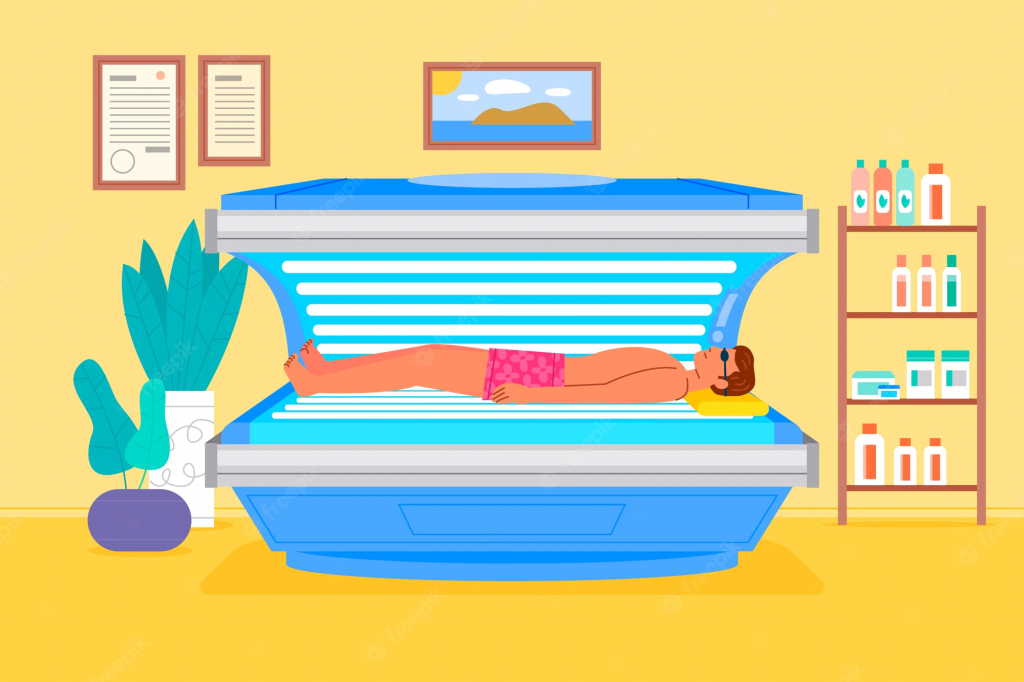
The Food and Drug Administration (FDA) strictly prohibits attending more than one indoor tanning session per day. Also, experts recommend sunbathing no more than 2-3 times a week with a break of 36-48 hours between sessions. It will be enough to release chemical compounds like endorphins and cheer you up.
Important: Is Tanning Addictive?

In 2018, scientists conducted a study in which they tried to find out whether indoor tanning is addictive. To do this, they invited 389 girls aged 18 to 30 who had attended more than one session over the past year [8].
Verdict: 22.6% of the subjects have a dependence on indoor tanning. It was due to the following factors:
- Visiting more than 20 sessions;
- Start visiting an indoor tanning bed at an early age;
- Stronger beliefs about the benefits of tanning;
- Symptoms of depression.
Summary
Depression is a common illness with many causes. Therefore, people are looking for different ways to deal with it. One treatment option for symptoms may be tanning. However, it is difficult to say whether this method helps with depression.
Therefore, we studied the most common questions from readers, got acquainted with the studies, and found out that tanning helps to treat the symptoms of depression by stimulating the secretion of hormones such as endorphins, dopamine, and serotonin.
FAQ
🤔 What chemicals does tanning release?
Indoor and outdoor tanning stimulates the production of endorphins, dopamine, and serotonin. They improve our mood and help fight depression.
😄 Does tanning make you happier?
Yes! Under the influence of ultraviolet rays, our brain produces serotonin, dopamine, and endorphins, which improve our mood.
❓ Can I go tanning every day for a week?
The FDA strongly discourages tanning more than once a day. In order to lower the risk of skin cancer, experts also advise against sunbathing more than 2-3 times per week without a break of 36–48 hours.
Sources
- “Depression.” World Health Organization, 13 Sept. 2021, https://www.who.int/news-room/fact-sheets/detail/depression.
- (DCD), Digital Communications Division. “Does Depression Increase the Risk for Suicide?” HHS.gov, 20 Oct. 2021, https://www.hhs.gov/answers/mental-health-and-substance-abuse/does-depression-increase-risk-of-suicide/index.html#:~:text=New%20data%20on%20depression%20that,setting%20will%20die%20by%20suicide.
- Heckman, Carolyn, et al. “Mood Changes after Indoor Tanning among College Women: Associations with Psychiatric/Addictive Symptoms.” Health Psychology Research, PAGEPress Publications, Pavia, Italy, 23 June 2016, https://www.ncbi.nlm.nih.gov/pmc/articles/PMC4926028/.
- Zhu, Cuizhen, et al. “Vitamin D Supplementation Improves Anxiety but Not Depression Symptoms in Patients with Vitamin D Deficiency.” Brain and Behavior, John Wiley and Sons Inc., 18 Sept. 2020, https://www.ncbi.nlm.nih.gov/pmc/articles/PMC7667301/.
- Sansone, Randy A, and Lori A Sansone. “Sunshine, Serotonin, and Skin: A Partial Explanation for Seasonal Patterns in Psychopathology?” Innovations in Clinical Neuroscience, Matrix Medical Communications, 2013, https://www.ncbi.nlm.nih.gov/pmc/articles/PMC3779905/.
- Aubert, Pamela M, et al. “Dopamine Efflux in Response to Ultraviolet Radiation in Addicted Sunbed Users.” Psychiatry Research. Neuroimaging, U.S. National Library of Medicine, 30 May 2016, https://www.ncbi.nlm.nih.gov/pmc/articles/PMC5241090/.
- Liguori, Anthony, et al. “Frequent Tanners May Be Lured By The ‘Feel-Good’ Effects Of UV Light.” ScienceDaily, 7 July 2004, https://www.sciencedaily.com/releases/2004/07/040707091722.htm.
- Mays, Darren, et al. “Indoor Tanning Dependence in Young Adult Women.” Cancer Epidemiology, Biomarkers & Prevention : a Publication of the American Association for Cancer Research, Cosponsored by the American Society of Preventive Oncology, U.S. National Library of Medicine, 19 Oct. 2017, https://www.ncbi.nlm.nih.gov/pmc/articles/PMC5679408/.
- Melrose, Sherri. “Seasonal Affective Disorder: An Overview of Assessment and Treatment Approaches.” Depression Research and Treatment, Hindawi Publishing Corporation, 25 Nov. 2015, https://www.ncbi.nlm.nih.gov/pmc/articles/PMC4673349/.

